(Quite) A Few Thoughts on SaGa Scarlet Grace
A Study in SaGa
But for all you SaGa fans out there: dig in. We’re all gluttons for punishment, and this game’s a happy feast.
And lo! it came to pass that the game SaGa Scarlet Grace was announced for a western release in its Switch incarnation, and there was much rejoicing from certain corners of the internet. The rest of the internet said “SaGa what?” and wondered what the fuss was about. Let’s talk about that, shall we?
(For the record, my experience is with the PlayStation Vita release, but Square Enix cannot have changed too much between versions.)
This is not meant as a simple impression; it goes into too much detail. Nor is it really a preview. Rather, the following serves as fair warning, because no one should ever go into a SaGa game without some idea of what it will be like. SaGa Scarlet Grace is a title that will undoubtedly receive praise and flak in equal measure, with very few opinions in-between. That is the nature of the franchise.
So to start, let us state plainly: this is a SaGa game. It is not Final Fantasy, nor Dragon Quest, nor Elder Scrolls or any other RPG series you might name. It is open, but not open-world. It has narrative, but is not defined by its plot. Much like its predecessors, SaGa Scarlet Grace presents a world to serve as backdrop to the stories within, and much of the dramatic impetus or narrative momentum of mainstream RPGs is absent. There is no Chosen One; rather, there are four protagonists from which to choose, either through the starting personality quiz or by refutation of that same quiz (i.e., you can change your mind if you don’t like the results).
Of our heroes, there is Leonard, who left his farm behind to chase the fable of a lost kingdom; Urpina, a daughter of nobility in search of her missing brother; Taria, a talented maker of porcelain who pursues inspiration in the form of the magnificent Phoenix; and Balmaint, a headsman vexed by a former tyrant who simply won’t stay executed. They make their separate ways across a continent caught in the Dark Ages, with relics and ruins of the great empire remaining for all to see, even as the various provinces, marches, and former tribute nations deal with struggles both internal and external.
Also, giant serpentine earth elementals erupt from the ground at the worst of times, evil cultists work to revive the lord of darkness, and hordes of crabs have overrun at least one province. The player can deal with as much or as little of this as they want, beyond what is necessary for their selected protagonist’s personal quest arc.
Unlike most JRPGs, even those of its own series, there are no dungeons in SaGa Scarlet Grace. All encounter points are engaged on the map, though battles may come in series. Combat is defined by relative difficulty, though it is quite normal to end up with ‘Easy’ battles by the end which are tougher than early bosses, even when adjusted for a high-level party. Elements of the map change frequently, either through advancements in the local plot or through scheduled natural disasters
Every battle has an attendant element that both supports allies (and enemies) of the matching type, and defines what materials are won from it, either as basic rewards or bonuses for succeeding at the secondary goals for the battle. Equipment upgrades in SaGa Scarlet Grace are all materials-based, and it is very uncommon to receive weapons or armor after a fight, so it’s important to get the rarer items as one can.
In another change from the norm for this series, combat technique learning is tied directly to weapons, rather to innate learning types assigned to each character. It’s possible to see exactly how many techniques are available to learn from a weapon via the menu, and not all weapons of the same type have the same things to teach. This is one example of an attempt at transparency on the part of the developers on how the game’s mechanics actually work. Alerts regularly ding for tips and extra information as things happen in battle, though the game does not force the player to read them. Less optional are the loading screen messages, which helpfully make use of the time by detailing the strengths and weaknesses of different monster types, or else the various things affected by specific stat attributes.
Now it’s time to talk about battles. Note the circles lined up along the bottom there. Those icons are more important than one might think. Not only do they show the correct state of a unit’s health, they also show the turn order for the upcoming round of combat, before any order-rearranging techniques come into play. Most importantly, like beads on a string they will clink together if one is destroyed (i.e., unit is defeated). If the circles clinking are of the same side in the fight, a combo attack is launched on the opponent’s side for massive damage.
There are also three types of reactive techniques: Protection, Counter-Attack, and Interruption. The first type can be used to deflect and tank enemy attacks away from allies. The second type is pretty self-explanatory. The third type is most interesting, because each technique of this sort reacts to a different sort of physical attack damage, cutting in turn order to let loose with damage (often to an entire side) before the other unit can get a hit in. To make things more interesting, unlike with other actions in battle the player cannot see what these are when the enemy uses them. Instead, the turn order shows a ????, and the only clues are the variety of enemy and whatever weapon they appear to be using. Counters and Interruptions can be canceled with a long-range attack, but since some Interruptions actually trigger on piercing attacks like arrows, some trial and error is needed.
Spells, when cast, require a specific number of rounds to pass while the magic user is performing the incantation. Depending on the spell and the situation, it takes some strategic planning to get things to go off at the optimal moment.
Those stars above the icons represent Battle Points (BP). All of the attacks for a side in combat are charged from the same stock of BP, which slowly accumulate over the course of battle depending on the quirks of the current party formation. Certain spells and divine effects can alter BP, while any character taking part in a combo attack gets a reduced BP cost on all abilities for the next round, allowing them to dish out bigger and better attacks. As well, spells and techniques can gain ranks, further reducing BP and (in the case of spells) decreasing charge times. Finally, weapon types that require greater skill or force to use (i.e. bows, great swords, and axes) require more BP for their basic attacks until they gain a skill rank.
But there is one major headache here, and it’s something I hope does get fixed a little for the Switch version: magic spell acquisition. After a battle is concluded, there is often a flux of magical energy available, which a magic-user who’s currently in the party can absorb into one of their known spells. Sometimes this increases the spell’s rank. Far more rarely, it allows the unit to learn a new spell, but only under specific conditions.
First, spells are set in tiers. Tier 1 leads to Tier 2, which leads to Tier 3, and then Tier 4, which leads back around to Tier 1. If the character has enough skill levels in the element when channeling power to a specific spell, there’s the chance they will learn a new spell in the sequence. If they’re equipped with a staff with an elemental affinity, there’s a chance they may learn a spell of that other element. The odds increase greatly if one follows the sequence of elements (water – metal – earth – fire – tree), but it’s still chancy.
However, if the character starts with a Tier 3 spell like Siren (such as the generic magic-user party member for Leonard’s and Urpina’s stories do), then they will need to reach a very high level in their element before they can even get the next spell in the sequence, much less get the Tier 1 spell. This gets in the way of regular spell learning as well, and those units may be stuck with minimal magical options for a very long time, despite being the supposed specialists.
Strangely, SaGa Scarlet Grace is a game that both encourages specialization and penalizes it. For the first time since Final Fantasy Legend III, a game in the series has limited all party members to a single weapon at a time, and the fixed stats for each character encourages the player to stick with their initial equipment changes. However, there are also things in the game called Roles. These special traits can boost stats, provide greater defense against ailments, and various other minor boosts in combat.
They’re useful, and as characters progress they unlock a second and third Role slot in their stats, but there’s a catch. Roles are only learned when a character meets the prerequisites, and those are almost always combat techniques in widely different weapon types. As an example, the Take Charge role allows the unit to bypass an enemy’s guard at a slightly higher rate, but it requires that the character know both the Aiming technique for spears and the Gale Strike interruption technique for hammers. Another Role greatly increases the chance that a poisoned attack successfully works on a target, but needs the Poison Sting (light sword) and Serpent Strike (spear) attacks.
The only Roles that can be learned by a character without regular equipment swaps are the ones tied to the spells list, so if the player wants to properly utilize this aspect of the game then it’s incumbent on them to change things around regularly, even if it’s detrimental to combat ability in the short term. This comes off as the most counter-intuitive element of the game.
In short, there’s a lot to like about SaGa Scarlet Grace. It’s challenging and engaging in its combat system, making battles feel more like puzzles to solve rather than simple hack-fests. The art design is exceptional, with a strong sense that this is a world, rather than a set of points to tick off on a checklist. There are mechanics in place to help guide the player along their protagonist’s nominal plot, as well as a log to help keep track of what was done where, but it’s possible to go quite far afield just because. On the other hand, it’s also possible to get lost, outgunned, and slaughtered readily if one can’t keep up with the intricacies of the game’s systems, so the learning curve could be considered fairly steep.
That’s par for the course with a SaGa title. At least this one is not as inscrutable as certain others have been in the past. It is different enough, however, that fair warning and explanations are a sensible precaution, and I would never recommend someone to go in blind on this one unless they really want a challenge.
As one last piece of good news, though, not only does the game allow one to replay lost battles at an advantage in exchange for LP loss, but there’s an auto-quick save function in addition to the standard saves that kicks in whenever a battle is about to happen. If the worst does come, it’s easy to go back to the moment before it all hit the fan. At least some attempt was made to make this more friendly to new players.
But for all you SaGa fans out there: dig in. We’re all gluttons for punishment, and this game’s a happy feast.
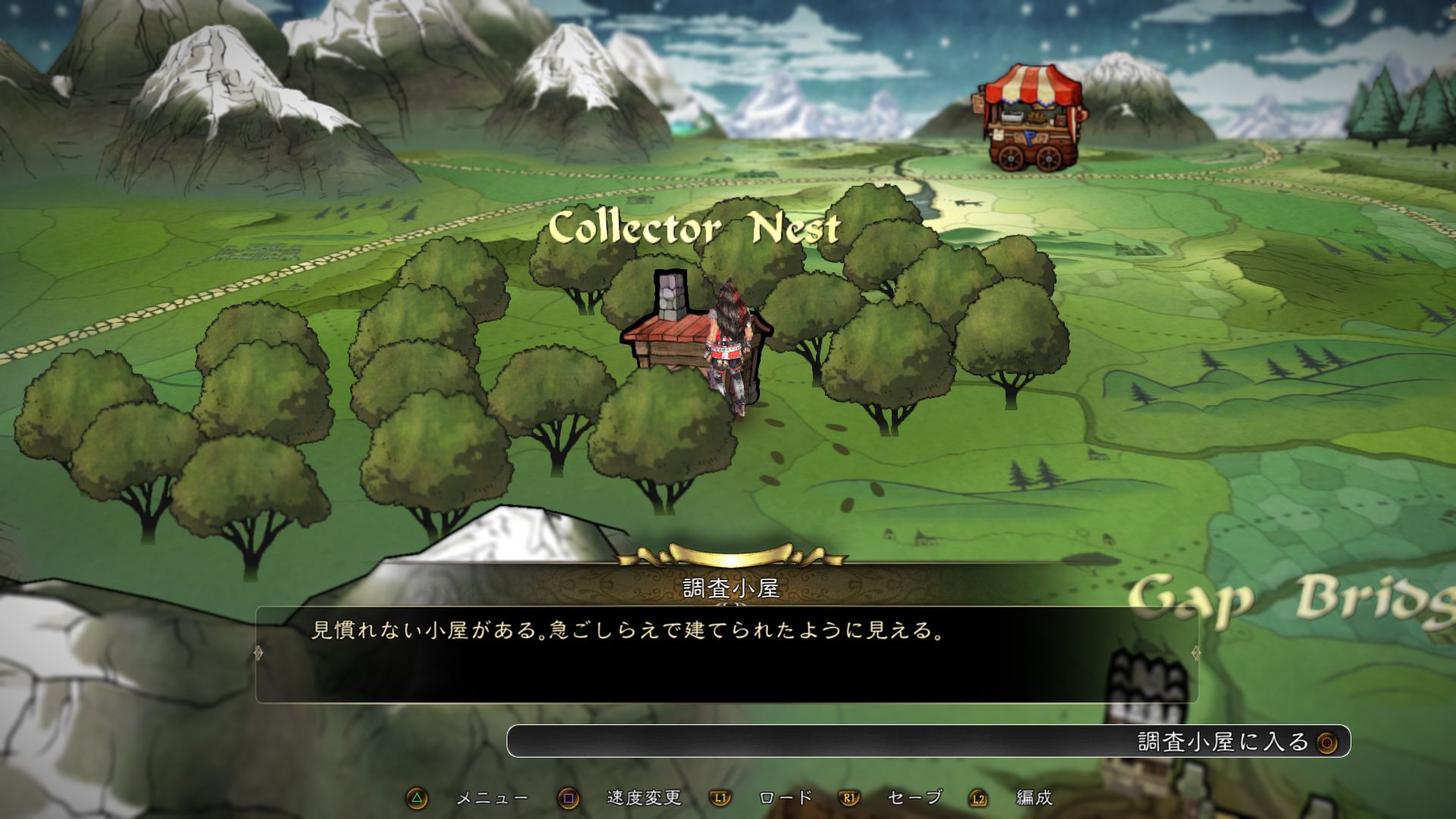
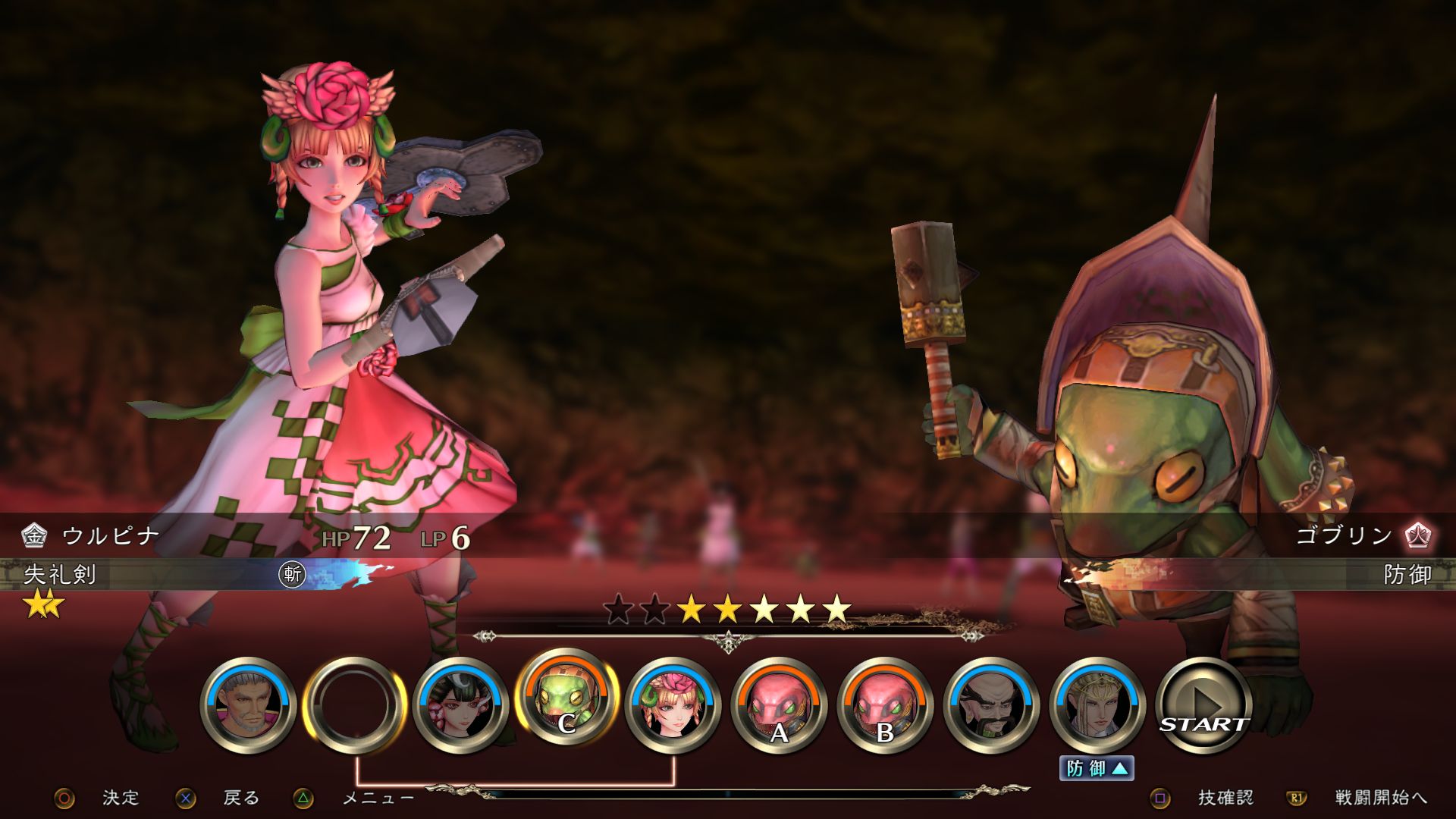
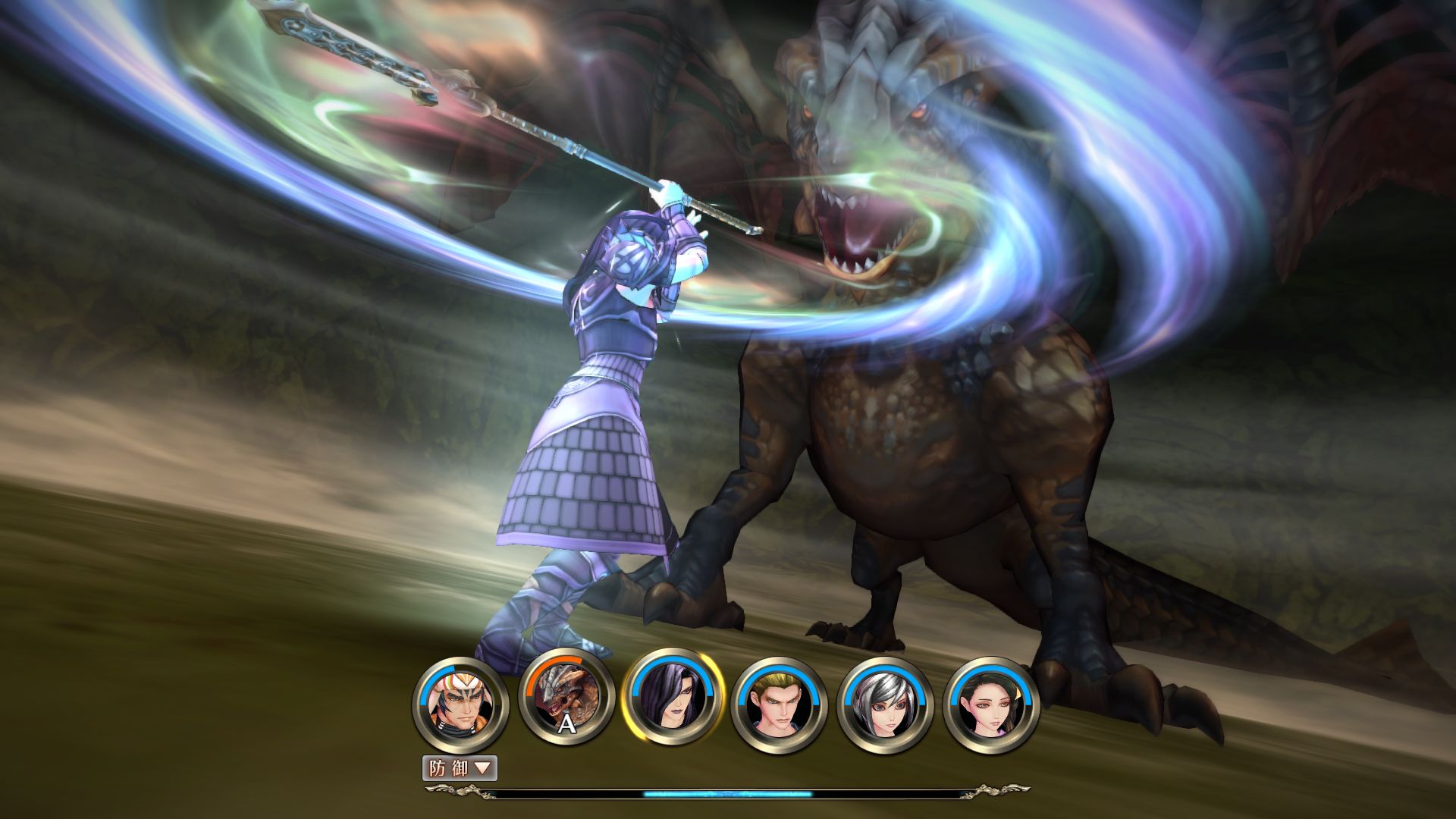
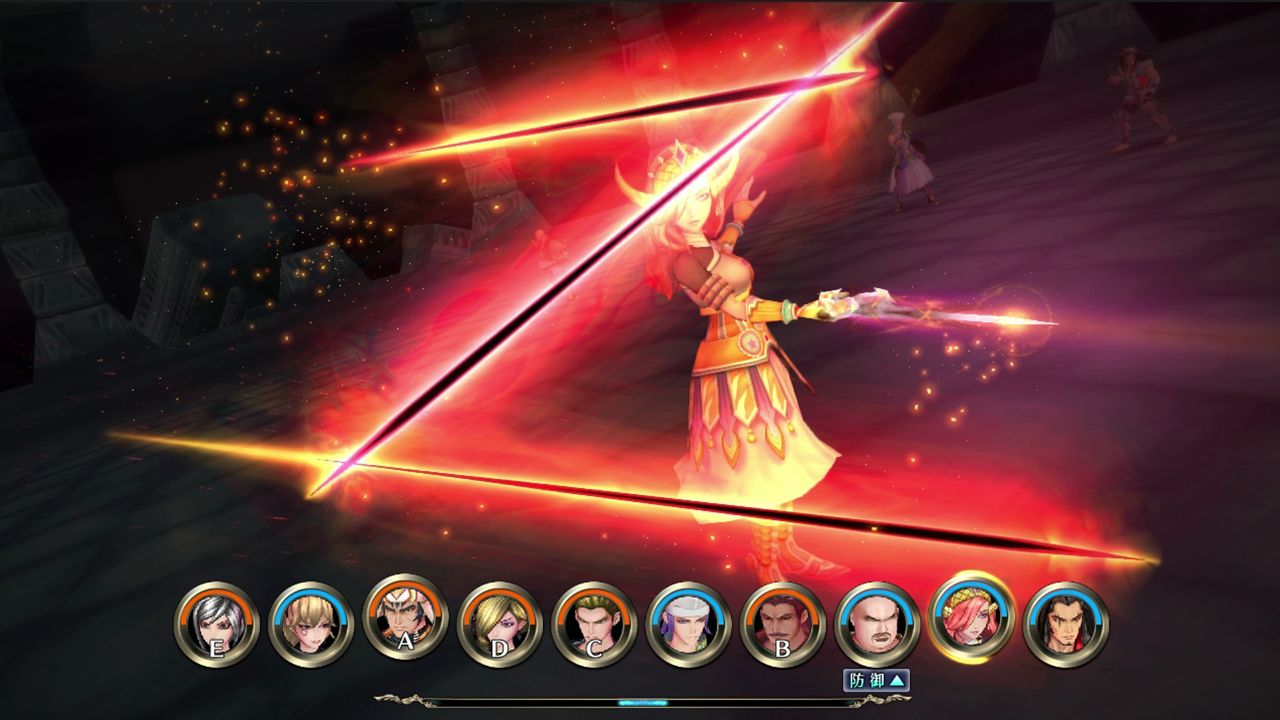

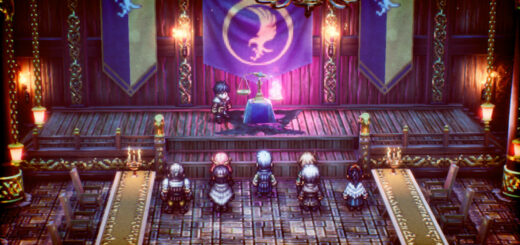




Thanks for all the info, can’t wait to get my hand on this game now 🙂
Thank you for sharing your thoughts and insight. Everything you said about the SaGa series on general is on point and as a long time fan of the series, I cannot wait to get my hands on both Romancing SaGa 3 and SaGa Scarlet Grace.
As I read the following at the beginning of your article, I found myself wondering whether a similar ‘warning’ should be issued to those considering a playthrough of Octopath Traveler. The influence of SaGa titles on Octopath is clear and pronounced and everything you offered to those unfamiliar with the SaGa franchise applies in equal measure to Octopath:
“So to start, let us state plainly: this is a … game. It is not Final Fantasy, nor Dragon Quest, nor Elder Scrolls or any other RPG series you might name. It is open, but not open-world. It has narrative, but is not defined by its plot. … presents a world to serve as backdrop to the stories within, and much of the dramatic impetus or narrative momentum of mainstream RPGs is absent. There is no Chosen One; rather, there are … protagonists from which to choose, either through the starting personality quiz or by refutation of that same quiz…”
I am SO confused. And now I want to play this!
Both standard reactions to SaGa exposure. Do not be alarmed.